June 12, 2025. I wake up, at 3 a.m., to the sound of a siren. In Tel Aviv, where I live, we are used to it. Since 2007 now: ever since Hamas imposed its regime on the civilian population in Gaza and made Israeli cities systematic targets of their attempt to destroy the Jewish state. Fortunately, the building in which I live was built after 2000, so thanks to the building law passed then because of the incessant missile attacks by Iraq during the Gulf War, my bedroom is, in fact, a missile shelter, which is not at all a given for most Israelis, who often live in apartments built before 2000. Especially in Tel Aviv, also known as the White City, because of the large presence of Bauhaus-style buildings.
So at the sound of the siren, as is the custom, I wake my son, seal the window of the shelter while my husband seals the door and, the alarm over, everyone goes back to bed. Except that my phone starts ringing off the hook: those who shelter at home don’t have one and are forced to go to public shelters, while flipping through the news, waiting the necessary ten minutes, by protocol, before leaving the shelter, learn that it was an abnormal siren. The first in Israel’s history to announce that one must prepare to move into the shelters indefinitely because the IDF is attacking the Islamic Republic of Iran’s nuclear infrastructure.
I stand paralyzed for a few seconds at the idea of how this new war could have catastrophic outcomes not only for those living in Israel, but also for the people of Iran. In addition to the possible consequences on the whole region, already sorely tried by an ever-expanding conflict caused by the heinous attack carried out by Hamas on Saturday, October 7, 2023. And so I spend the sleepless night, as has often happened to me over the past sixteen years since I have lived in Israel, wondering, “what am I doing here?”
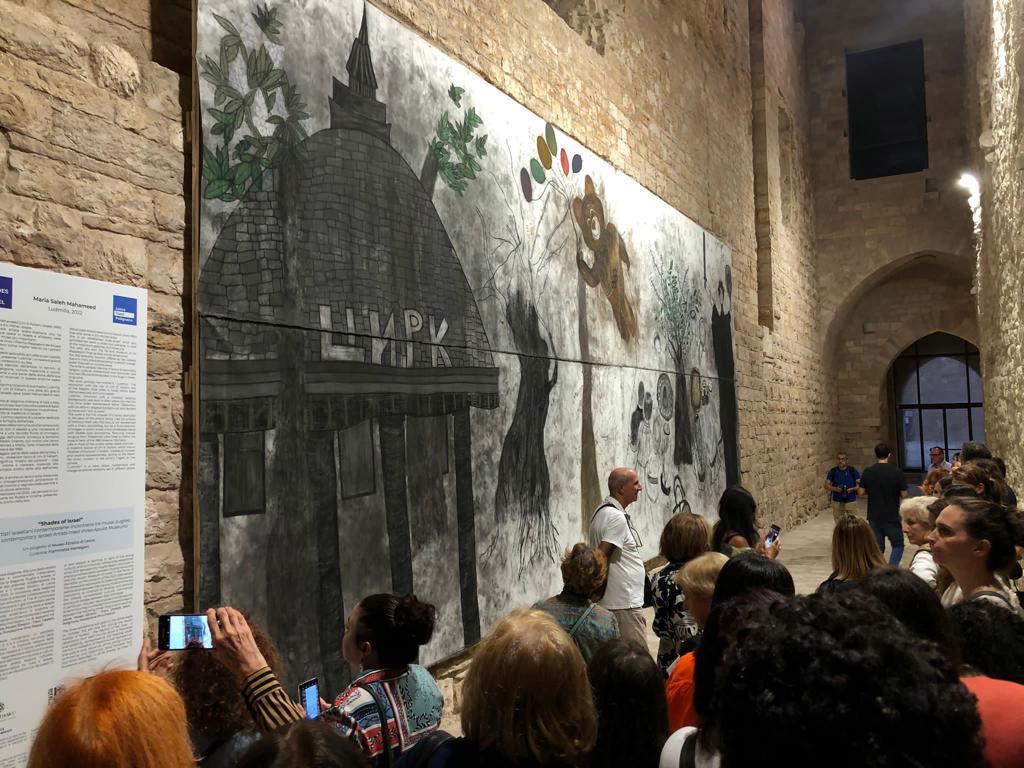
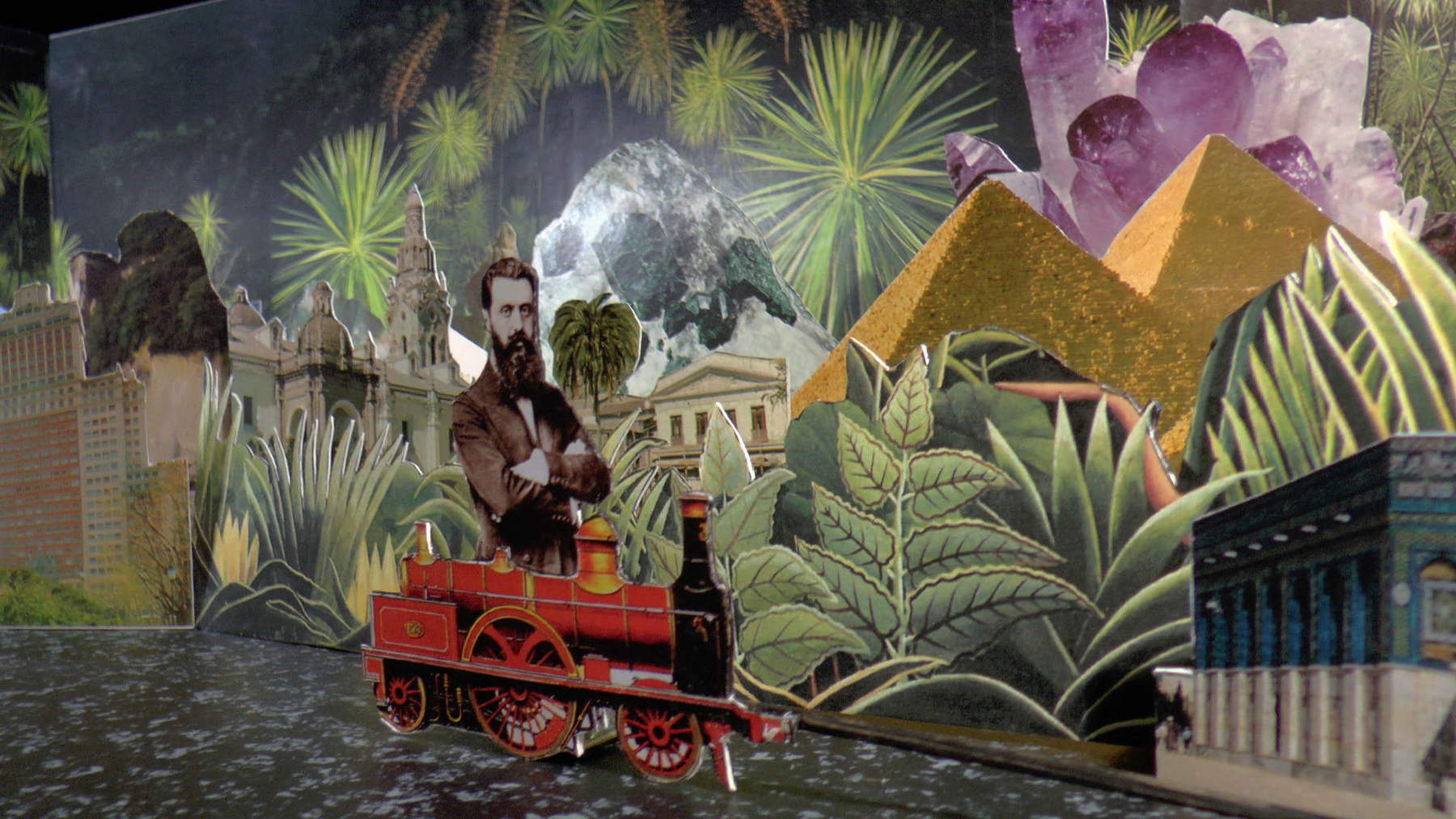
Then, suddenly, I remember the reasons that led me, in 2009, to decide to move to one of the most dangerous, but at the same time most fascinating, places in the world: a doctoral thesis on the history of Israeli art, in order to investigate the complexity of this unique country in the world, the cradle of civilization and of the three monotheistic religions that, right here, since the founding of the state in 1948, have learned to coexist peacefully, as my son Enrico, who attends a multi-religious and multi-language school, and speaks perfect Hebrew, Arabic and English, and whose best friend is named Mohammed, teaches me. It was thanks to Enrico that I discovered the fascination of Arabic calligraphy, which prompted me, in 2022, to curate, at the Jewish Museum in Lecce, Italy, a group exhibition aimed at recounting the beauty and complexity of Israel through the artistic use of words in the different languages that characterize the country: Hebrew, Arabic, Aramaic and Yiddish.
Kol Ha’Olam Kulo - “Whole World” - is the title of a poem in the Hebrew language written by Nachman of Breslov that reads, “The whole world is a very narrow bridge and the important thing is not to be afraid.” According to the famous rabbi, “Every person, in the course of his or her life must go through, inevitably, various difficulties. That is why it is essential not to be afraid.” Inspired by his words, we called the exhibition A Very Narrow Bridge and invited 15 artists (of different ethnicity, religion and linguistic affiliation) who, through their own language and their chosen artistic media, tried to express their fears, but also their sense of belonging to such a rich and complex country.
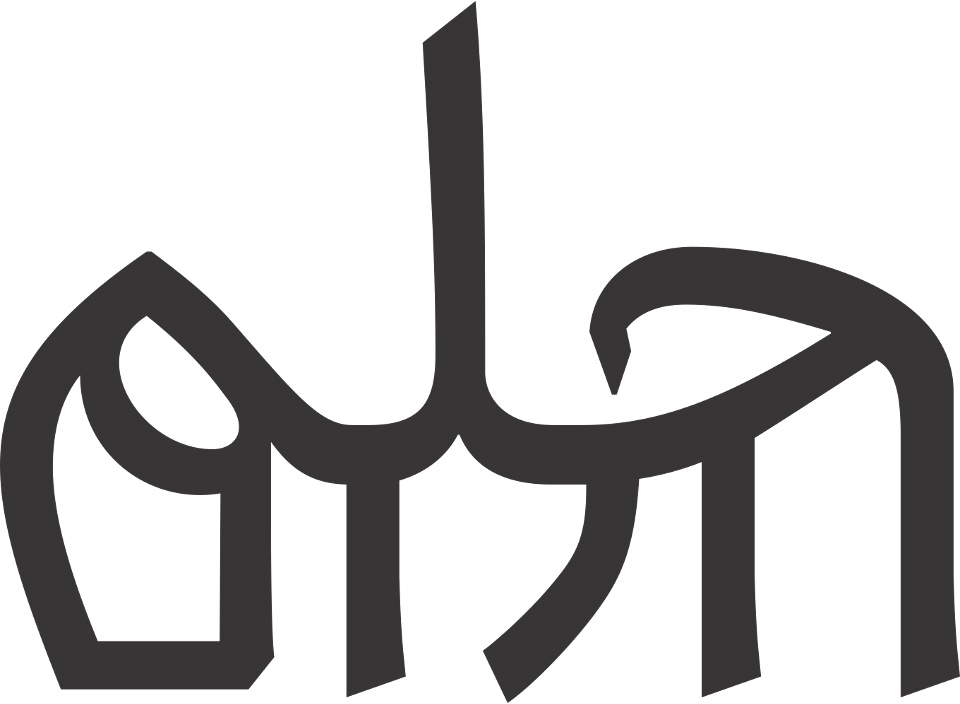
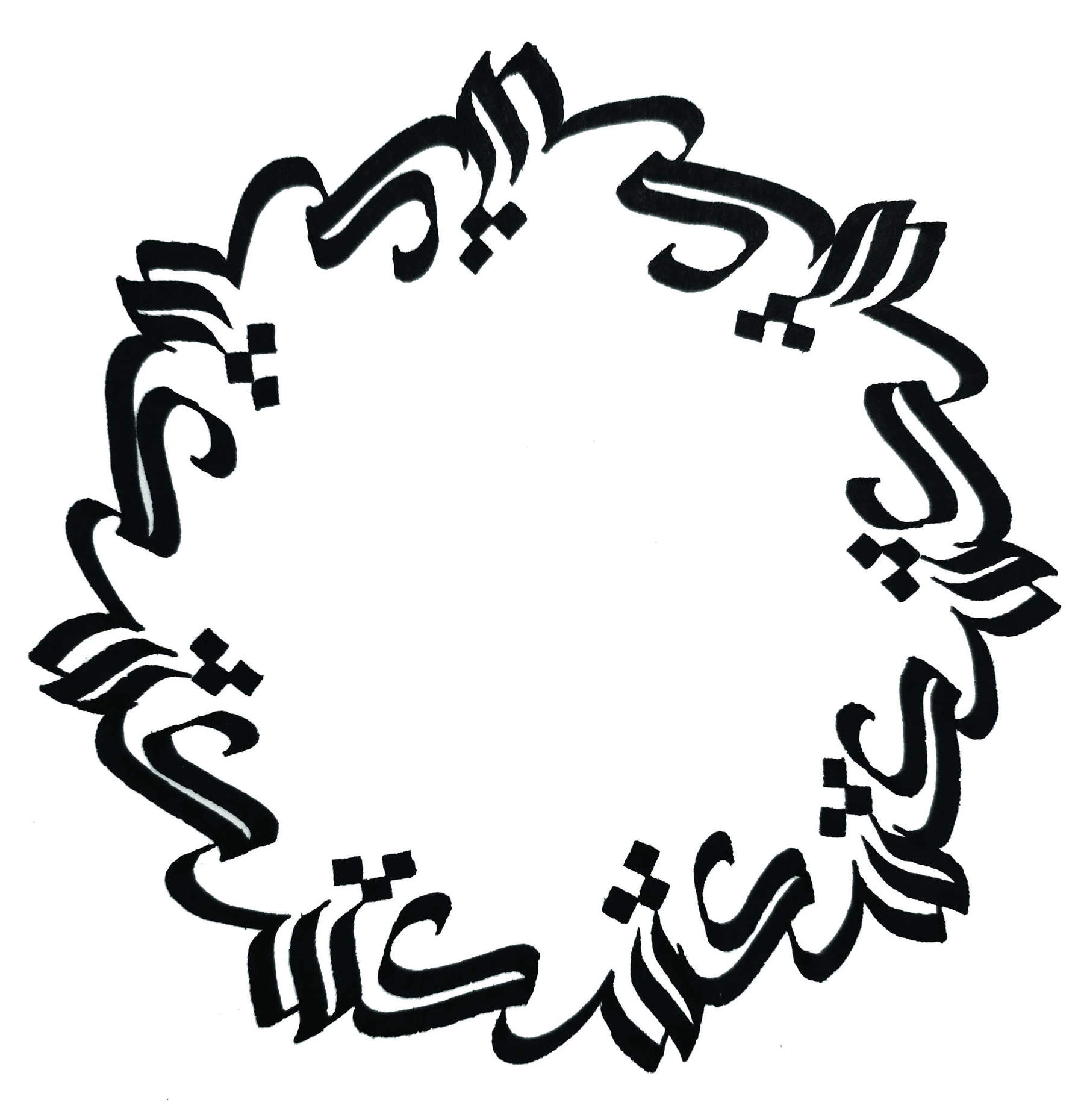
Each of these artists, in fact, has faced numerous difficulties in the course of their lives, often due to their origins: Jewish children of Holocaust survivors; Palestinians born in Gaza who had to leave their land and find political asylum in Israel; Jews of Middle Eastern descent who grew up in a state founded by Ashkenazis; Orthodox Jews and Muslims who, as women, desperately try to emancipate themselves in a “man’s world.”
All of these artists, as a whole (Jews and Muslims, men and women, gay and straight, religious and agnostic) through their artistic expression sought to represent the many faces of Israel, too often portrayed in the media in a stereotypical and homogenous way.
The experience of this exhibition, both for the public and for some of the artists who had the opportunity to be hosted at the Jewish Museum of Lecce during an artistic residency, thus demonstrated how art is a fundamental vehicle for enabling both the artist and the viewer to overcome their fears and create a bridge between other cultures, religions and identities.
This resulted in the Region of Puglia, thanks to the valuable collaboration between the Jewish Museum of Lecce and the Pugliapromozione tourism board, expanding its welcome to Israeli art in 2023, throughout the whole territory, thanks to the traveling project Shades of Israel: twelve Israeli artists meet three Apulian museums.
The exhibition itinerary, designed to cover the heel of the Boot from north to south, opened in Lecce (again at the Jewish Museum) with the group show My Altneuland, which again hosted ten artists representing the diverse voices, often highly critical of Israel and the future of its state. The show then continued in Trani, at the Castello Svevo, with the impressive work Ludmilla (11 meters long by 4 meters high) executed by Maria Saleh, an Arab Israeli-Ukrainian artist, who explores the theme of war as a universal dilemma and present not only in the Middle East.
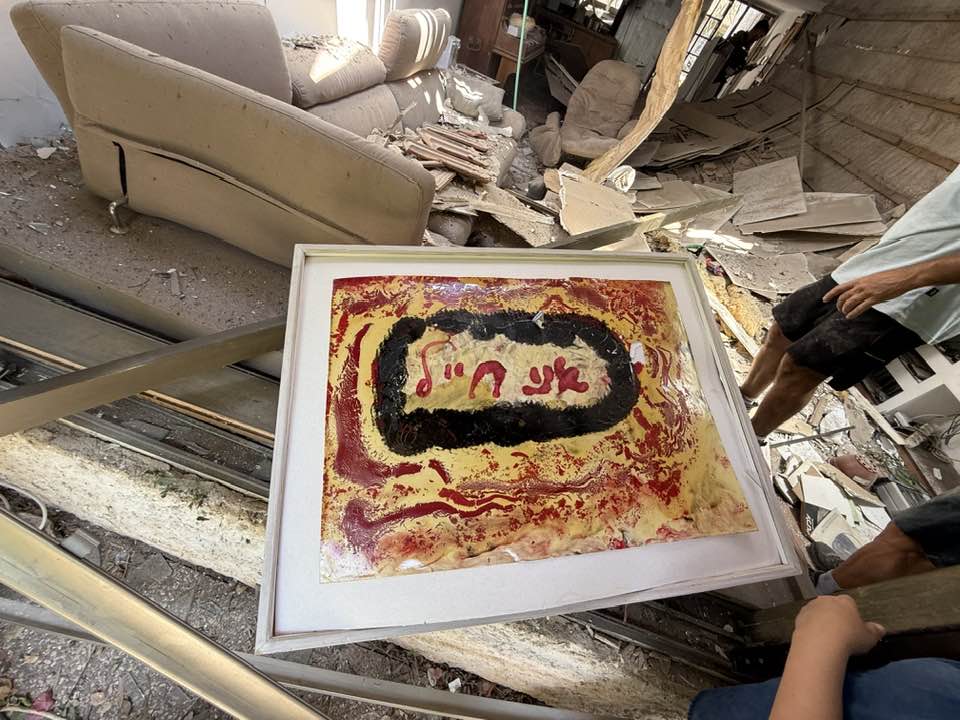
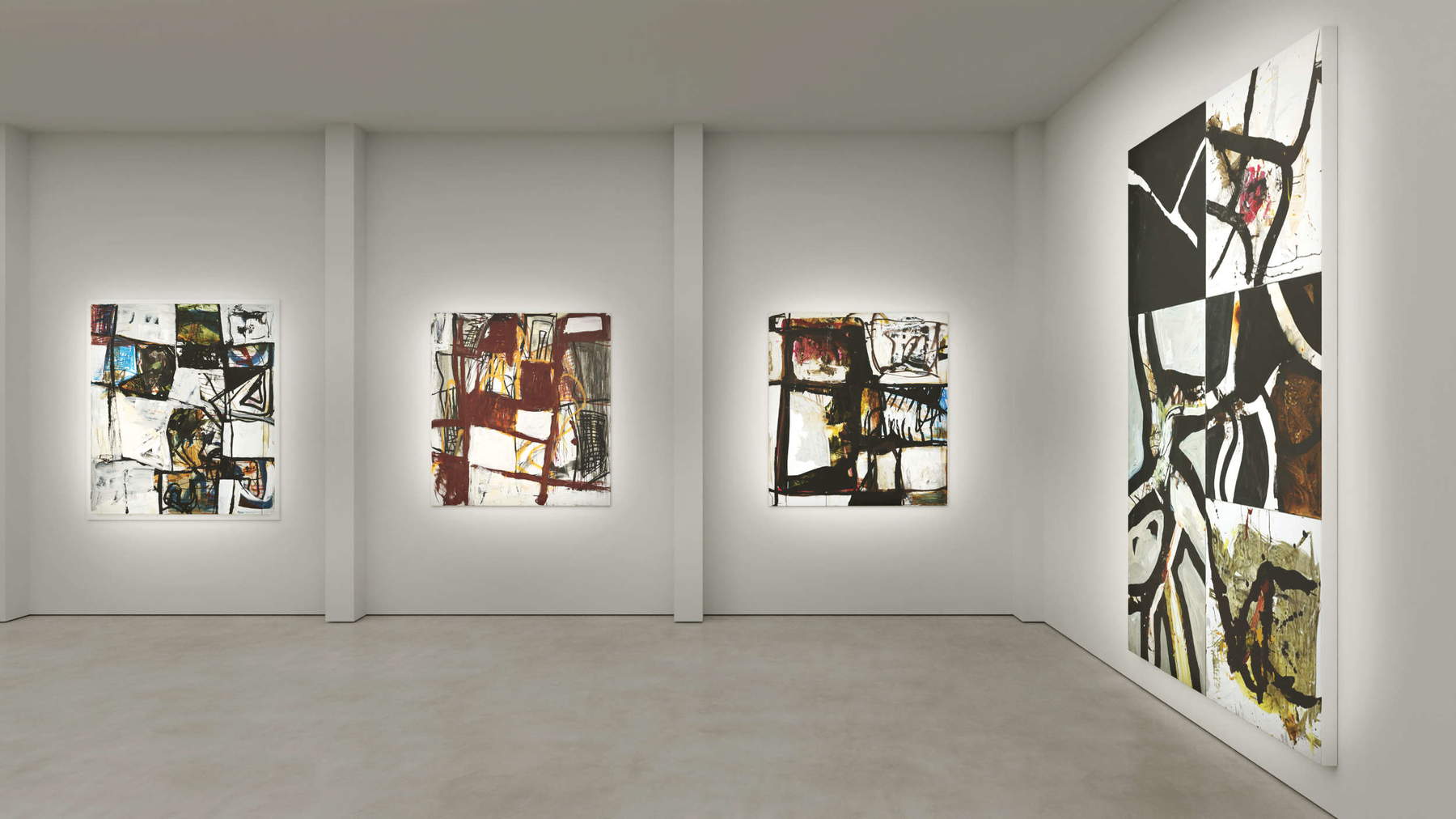
The event then concluded in Polignano, at the Fondazione Pino Pascali, with Terra Infirma: a solo exhibition by Tsibi Geva, among the most important Israeli artists on the international scene, who represented Israel during the 2015 Venice Biennale. As I was writing this article, Geva’s house, located in one of the Tel Aviv neighborhoods hit by ballistic missiles during the conflict with Iran, was completely razed to the ground and, with it, most of his works. Except for one, which survived the rubble, the artist posted on his Facebook page, sharing with his audience one of life’s gravest moments but, at the same time, leaving a sign of hope. Geva, in fact, has dedicated his entire life to teaching, promoting dialogue between Israelis and Palestinians precisely through art.
And so, as I looked at the images of his destroyed house (except for that painting that survived the rubble) I remembered why I chose to live in this very country, sixteen years ago, and why today, more than ever, I believe in the crucial role of art, and artists, in building bridges between cultures.
So I didn’t waste a moment. As soon as the ceasefire between Tel Aviv and Tehran was signed, I began to contact Iranian artists to discuss with them their art and the conflict that divides us but, at the same time, and absurdly, also unites us. To my amazement, many responded, thanking me for contacting them and confiding that they felt the same common desire. That is, that one day not too far away (as it had been until 1979, before the Islamic Regime’s seizure of power) the direct Tel Aviv - Tehran flight may reopen and Iranian artists may come to study and visit Israel, and vice versa.
Written today, in 2025, this sounds like utopia. But if it was possible then, it may still be possible. All it takes is to want it. And art, since time immemorial, has been the privileged laboratory for turning dreams into reality.
This contribution was originally published in No. 27 of our print magazine Finestre Sull’Arte on Paper, erroneously in abridged form. Click here to subscribe.
Warning: the translation into English of the original Italian article was created using automatic tools. We undertake to review all articles, but we do not guarantee the total absence of inaccuracies in the translation due to the program. You can find the original by clicking on the ITA button. If you find any mistake,please contact us.